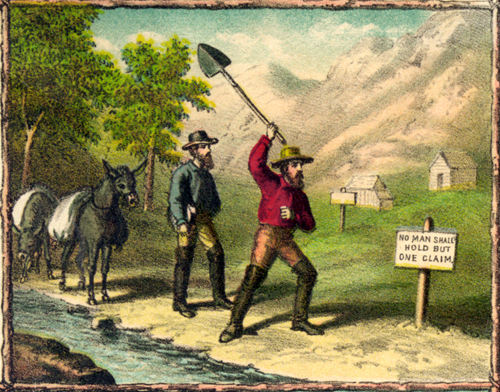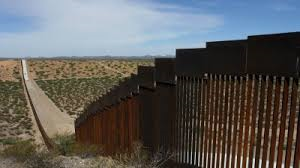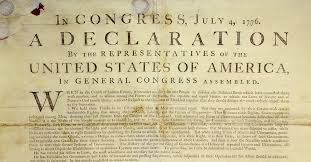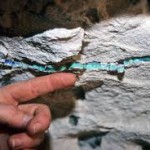Sharing.
One of my clients is so good at what they do they take a “rising tide” approach to sharing their IP and tools. For free. This soooo goes against everything I was taught as a pup in the business, where “proprietary” and “patented” carried the day. But the software and services worlds are a changing. Look at what Satya Nadella has done with Microsoft, opening up much of the company and reaping massive rewards.
I’ve been sharing my brand strategy framework for years. I’ve borrowed from some of the leading lights of the “sharing” age, even meme-ing “open source brand strategy.”
The reality is, brand strategy requires doing something smart with all the data and discovery that goes into it. You can’t just pour the information into muffin cups and start baking. You have to organize and prioritize your ingredients. And that’s when a framework turns into strategy.
I share my framework – the claim and proof array – but I’m not nervous it will hurt my business. Sharing is never a negative.
Peace.










